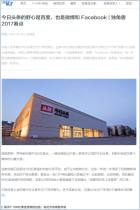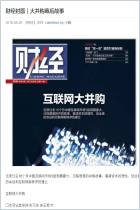
Reflections on China’s Dating App Market in the Wake of the Merger Between Momo and Tantan
Recommendation
The mobile dating app market was once highly competitive with hundreds of products going head-to-head with each other to provide China’s large population of singles with the opportunity to meet strangers online. Now, few are left standing, and the two market leaders Momo and Tantan are about to merge. Momo began as a location-based, instant messaging application, allowing users to connect with people nearby. As one of the first entrants in the market, Momo grew rapidly and secured its leading position by continually adding new features that promoted social interactions and entertainment. Latecomer Tantan, on the other hand, which uses Tinder’s swiping model, gained market share with its easy-to-use design and female-oriented user experience. In this article from Huxiu, a news site focused on tech and business, reporters Huang Youcan and Xiao Qiu compare the companies’ milestones, histories of product development and different growth strategies – and analyze the logic behind the acquisition. getAbstract recommends this article to anyone interested in China’s businesses or its dating scene.
Summary
About the Authors
Huang Youcan and Xiao Qiu are writers for Sanjieke, an online university for Internet product developers and operators.

















Comment on this summary